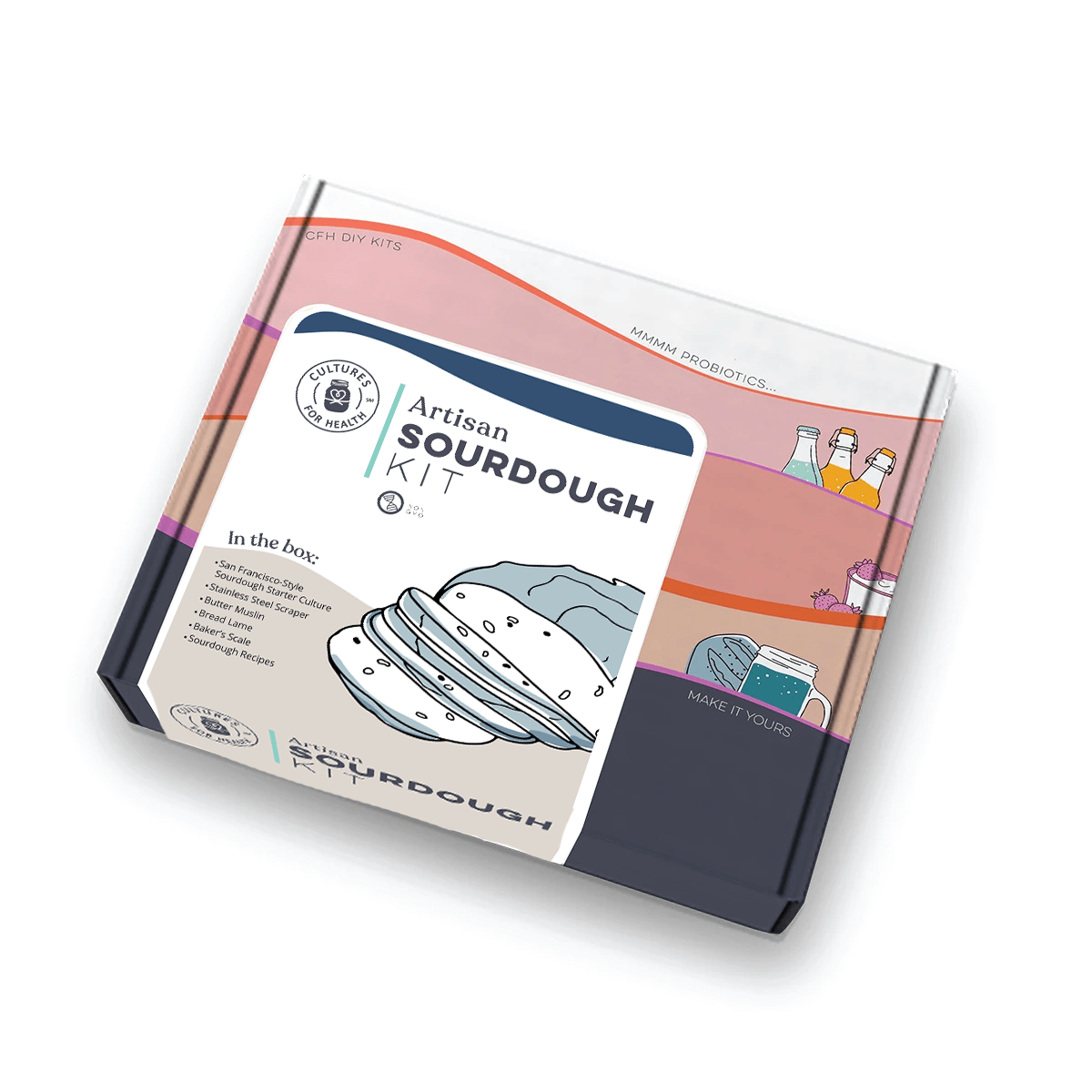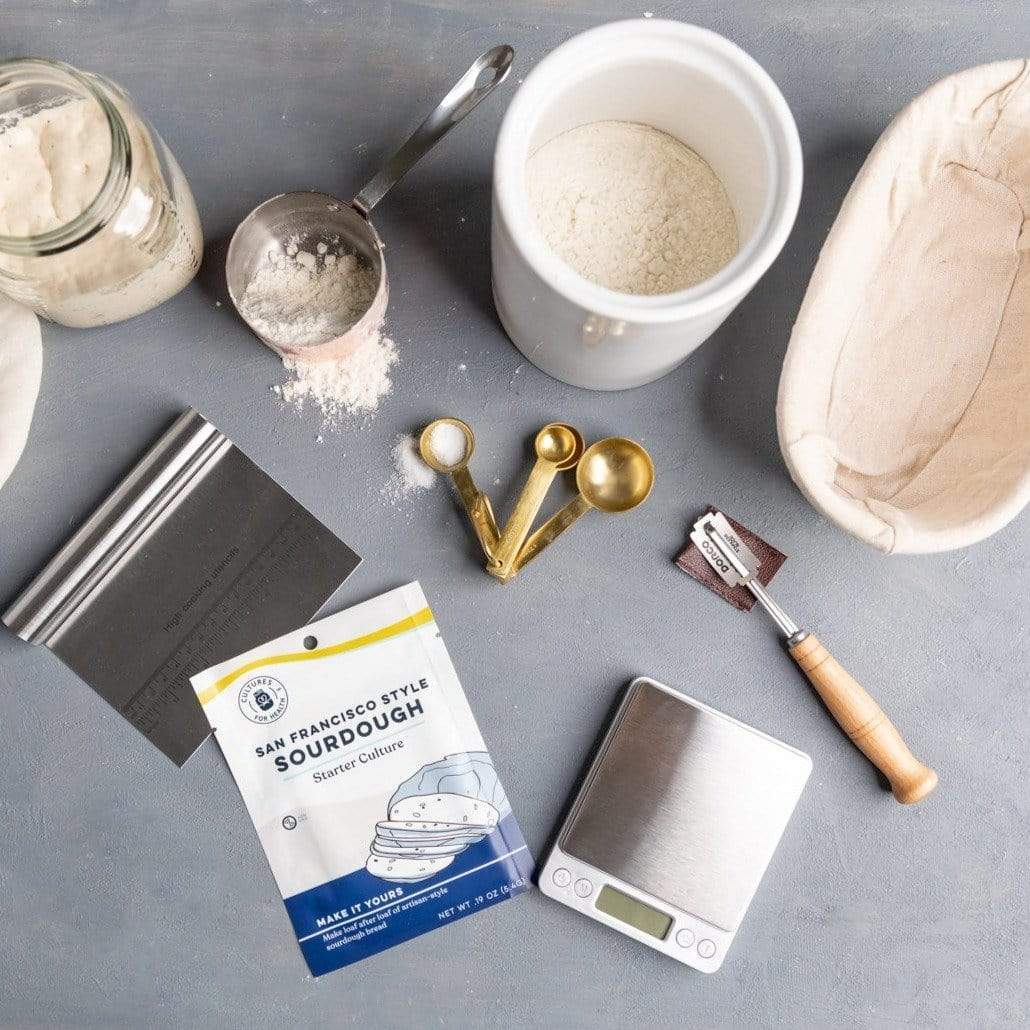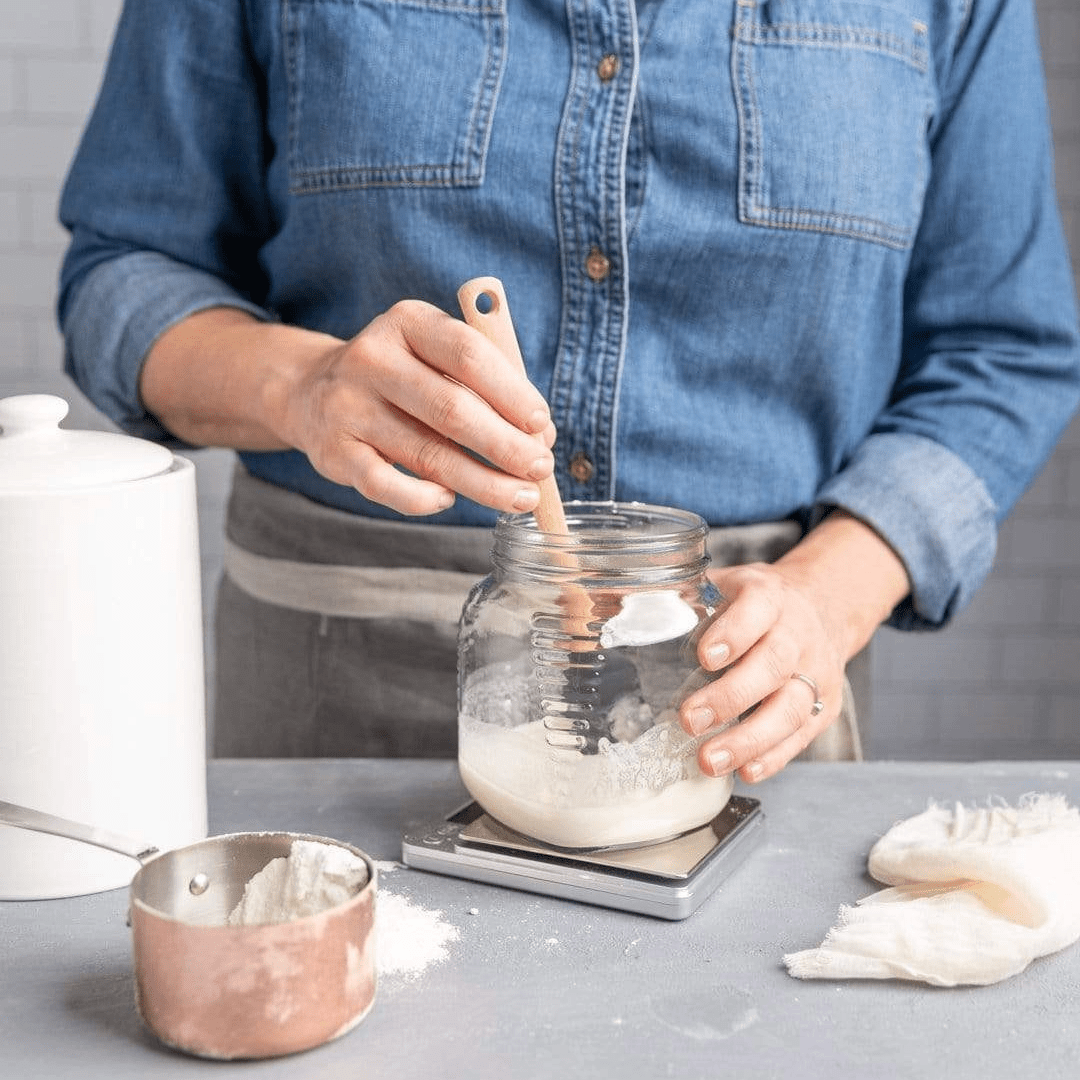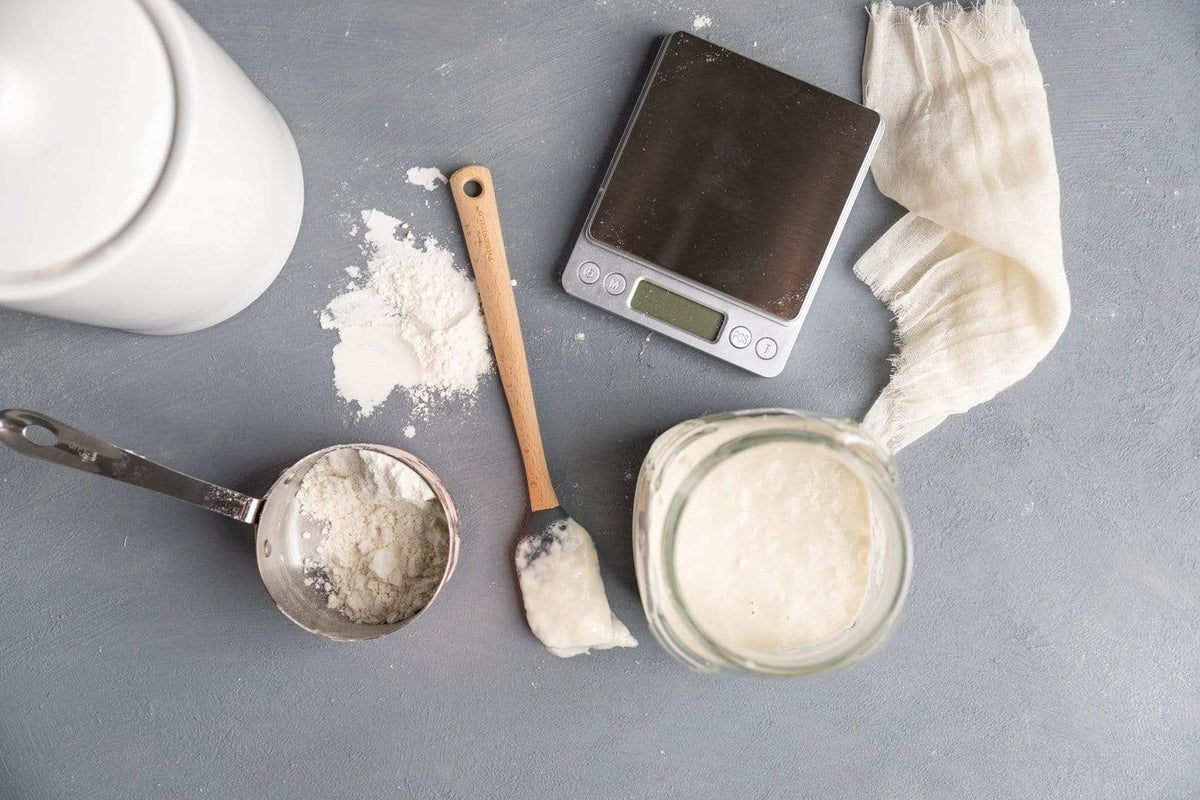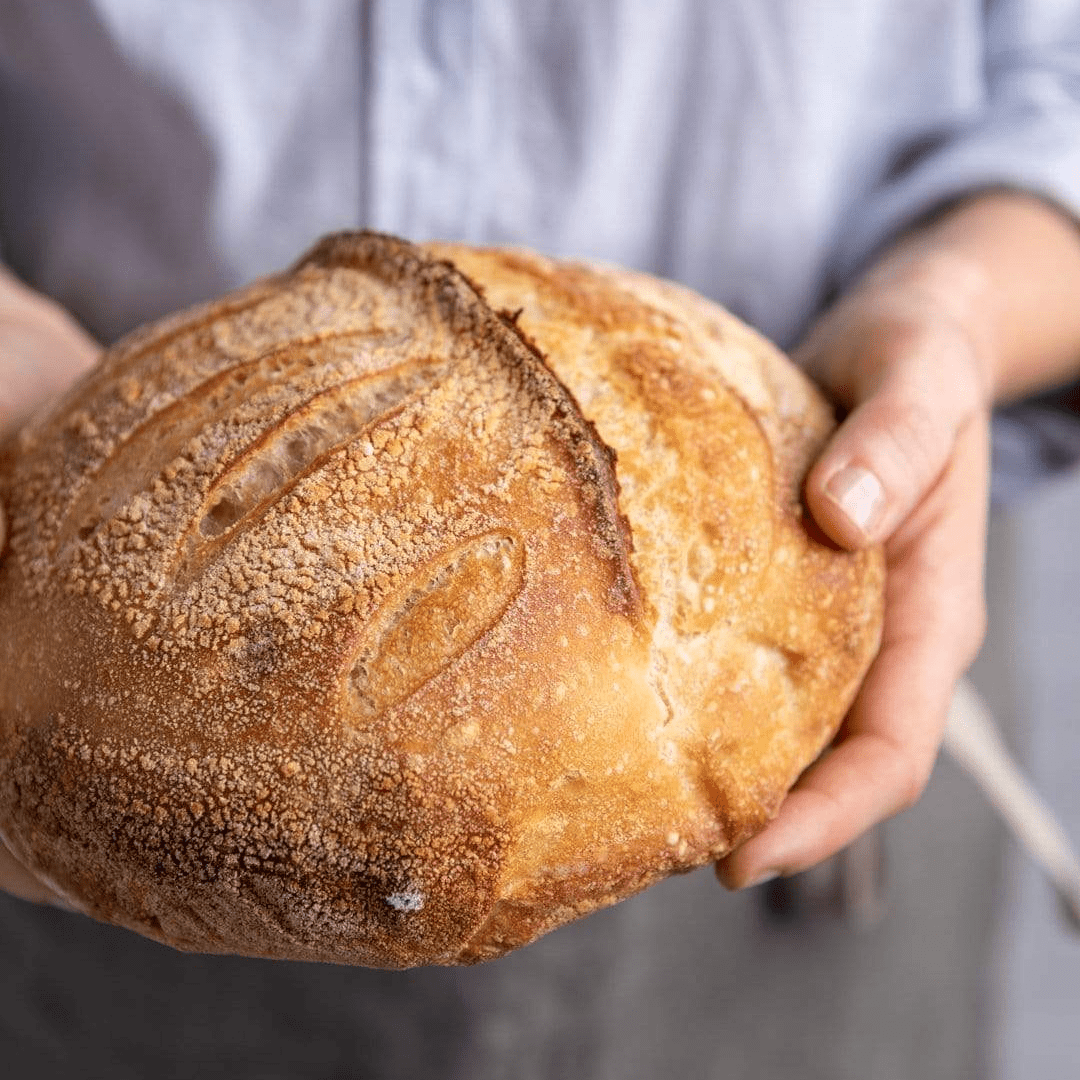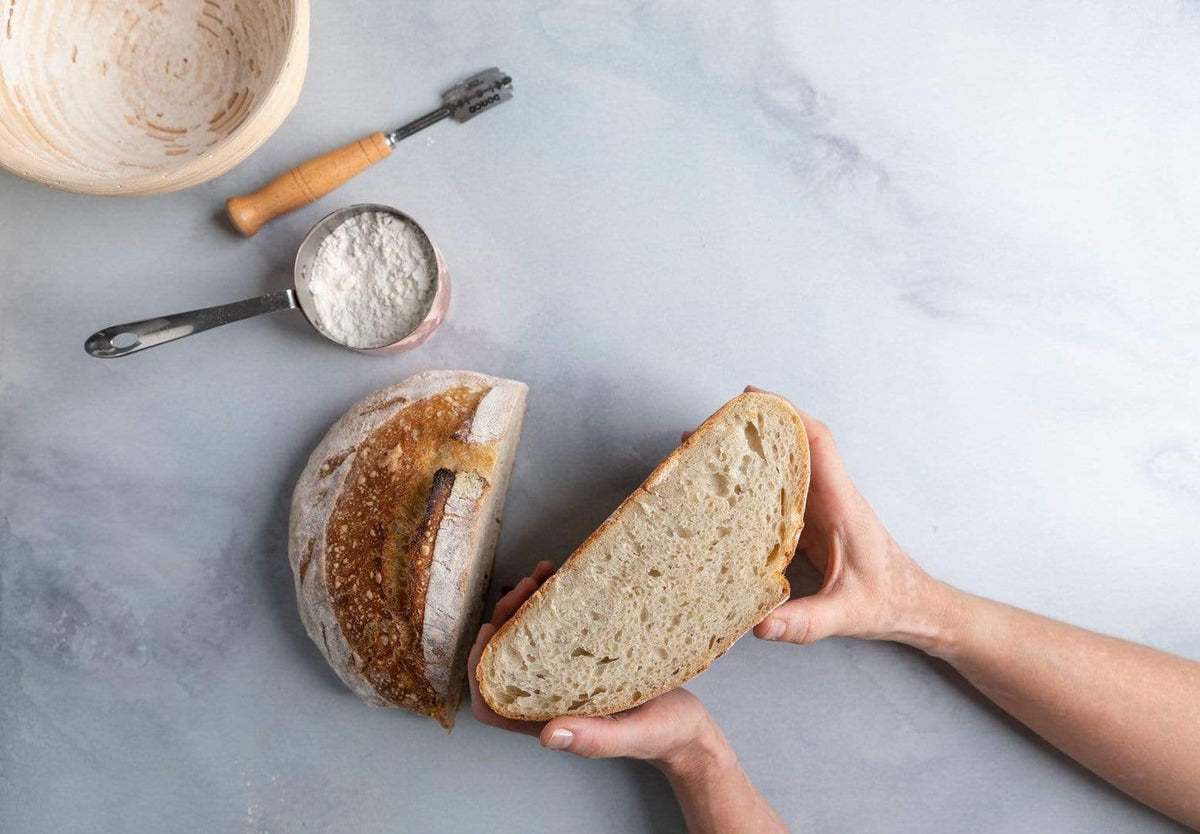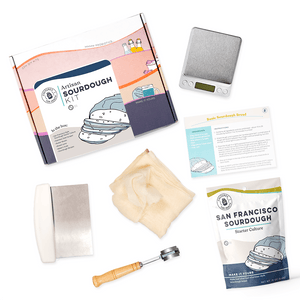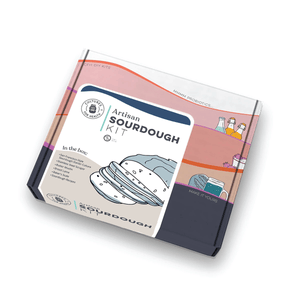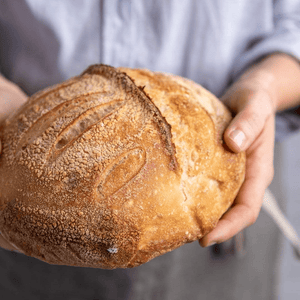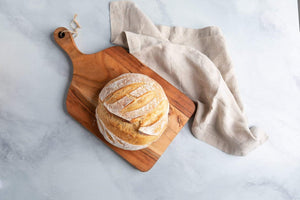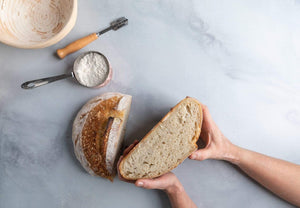
In the world of baking, the choice of flour can make all the difference in your creations. Understanding the difference between bread flour and all-purpose flour is crucial for achieving the desired texture and structure in your baked goods. Let's explore the characteristics of these two commonly used flours.
Basic Flour Types in Baking
The basic types of flours commonly used in baking include:
-
All-purpose flour: Versatile flour suitable for a wide range of baked goods.
-
Whole wheat flour: Made from whole wheat grains, it has a higher fiber content.
-
Bread flour: High-protein flour ideal for yeast-based bread and pizza dough.
-
Cake flour: Fine-textured flour with low protein content, best for tender cakes.
-
Pastry flour: Finely milled flour with slightly higher protein than cake flour, used for pastries and pie crusts.
-
Self-rising flour: Pre-mixed with leavening agents like baking powder and salt for convenience.
-
Gluten-free flour: Blend of various gluten-free grains for those with gluten sensitivity.
-
Almond flour: Ground almonds are used for gluten-free and grain-free baking.
-
Coconut flour: Made from dried coconut meat, it is high in fiber and low in carbohydrates.
-
Rye flour: Produces dense, flavorful bread and adds a distinct taste to baked goods.
These are just a few examples, and there are many other specialty flours available for different baking purposes.
Using the correct flour type is essential in baking. Different flours have varying protein contents, affecting texture and structure. All-purpose flour suits a wide range of recipes, while bread flour creates a chewier texture for bread and pizza. Cake flour yields a soft, delicate texture for cakes and pastries.
Artisan Sourdough Bread Kit
Proper flour selection ensures the desired outcome. Gluten, found in flour, provides structure and allows the dough to rise. Flours also contribute unique flavors, enhancing taste profiles. Absorption rates differ, affecting moisture balance.
Following specified flour types in recipes guarantees success, as bakers meticulously develop and test them. Ultimately, using the correct flour type ensures optimal texture, structure, flavor, and overall baking excellence.
Understanding Bread Flour vs All-Purpose Flour

Bread flour and all-purpose flour differ in protein content, texture, and recommended baking uses.
Protein Content and Its Role in Gluten Development
Bread flour typically has a higher protein content than all-purpose flour. Bread flour usually contains around 12–14% protein, while all-purpose flour generally has a protein content of about 9–12%. The higher protein content in bread flour contributes to the formation of gluten, resulting in a firmer and more elastic dough.
Differences in Texture and Rise: All Purpose vs Bread Flour
Due to the higher protein content, bread flour produces a chewier and denser texture in baked goods. The gluten formed during mixing and kneading gives bread made with bread flour its characteristic structure and texture. On the other hand, all-purpose flour produces a lighter and more tender texture in baked goods, as it has a slightly lower protein content and forms less gluten.
When to Use Bread Flour vs All-Purpose Flour
Bread flour is specifically formulated for baking bread, pizza dough, bagels, and other yeast-based recipes. Its higher protein content provides the necessary structure and strength to support the fermentation process and create a well-risen, chewy, and elastic final product. All-purpose flour, as the name suggests, is more versatile and can be used in a wide range of baking recipes. It is suitable for making cakes, cookies, muffins, quick breads, and many other baked goods.
It’s important to note that while bread flour and all-purpose flour have specific uses, they can sometimes be substituted, depending on the desired outcome. However, the substitution may affect the texture and structure of the final baked goods. When a recipe specifically calls for bread flour, using all-purpose flour as a substitute may result in a slightly lighter texture, while using bread flour in place of all-purpose flour can lead to a denser texture. It's best to follow the recommended flour type in a recipe for the most reliable and consistent results.
Making Sourdough Bread with Bread Flour vs All-Purpose Flour

When making sourdough bread, using bread flour or all-purpose flour can yield different results and present various benefits. Keep reading for a breakdown of the benefits of using bread flour, the results of using bread flour and all-purpose flour, and some tips for handling bread flour to prevent toughness.
See Related: SOURDOUGH FLATBREAD
Benefits of Using Bread Flour in Sourdough Bread
Bread flour typically has a higher protein content compared with all-purpose flour. The higher protein content (around 12–14%) contributes to the formation of gluten, resulting in better structure and a chewier texture in sourdough bread.
See Related: SOURDOUGH STARTER RECIPE
Experimenting with Both Flour Types in the Sourdough Boule Recipe
Both bread flour and all-purpose flour can be successfully used in a sourdough boule recipe, each resulting in a slightly different texture and flavor profile. Here are the results from when we tried it:
Bread Flour
Texture: The bread made with bread flour had a chewier texture and a denser crumb.
Rise: The bread had a good rise, with a slightly more pronounced oven spring.
Overall Quality: The bread had a robust flavor and a substantial structure, making it ideal for sandwiches or toasting.
All-Purpose Flour
Texture: The bread made with all-purpose flour had a softer and more tender texture, with a slightly more open crumb.
Rise: The bread had a good rise, but the oven spring was slightly less pronounced compared to the bread flour version.
Overall Quality: The bread had a milder flavor and a lighter structure, making it suitable for a variety of uses, including as a base for toppings or as breakfast bread.
See Related: IS SOURDOUGH BREAD HEALTHY?
Tips for Handling Bread Flour and Preventing Toughness in Sourdough Bread

-
Proper Hydration: Bread flour absorbs more water than all-purpose flour due to its higher protein content. Ensure you adjust the hydration level accordingly to achieve the right dough consistency. Adding too little water can result in dry and tough dough, while adding too much can make it overly sticky and difficult to work with.
-
Gentle Mixing and Kneading: When working with bread flour, avoid overmixing or over-kneading the dough. While gluten development is crucial, excessive mixing can lead to tough bread. Mix and knead until the dough is smooth and elastic, but not excessively so.
-
Autolyse Method: Consider using the autolyse method, which involves mixing the flour and water and letting them rest before adding the sourdough starter and salt. This technique allows the flour to fully hydrate, resulting in better gluten development and improved dough handling.
See Related: WHOLE WHEAT SOURDOUGH STARTER
The Ultimate Showdown: The Difference Between Bread Flour vs All-Purpose Flour
In conclusion, the difference between bread flour and all-purpose flour lies in their protein content, which directly impacts the texture and structure of baked goods. Bread flour, with its higher protein content, is ideal for achieving a chewier and denser texture, making it perfect for hearty bread recipes.
On the other hand, all-purpose flour, with its moderate protein content, offers versatility and a softer crumb, making it suitable for a wide range of baked goods. Understanding these distinctions allows bakers to make informed choices and achieve the desired results in their culinary creations. Whether you're after robust bread or delicate pastries, choosing the right flour is key to baking success.












